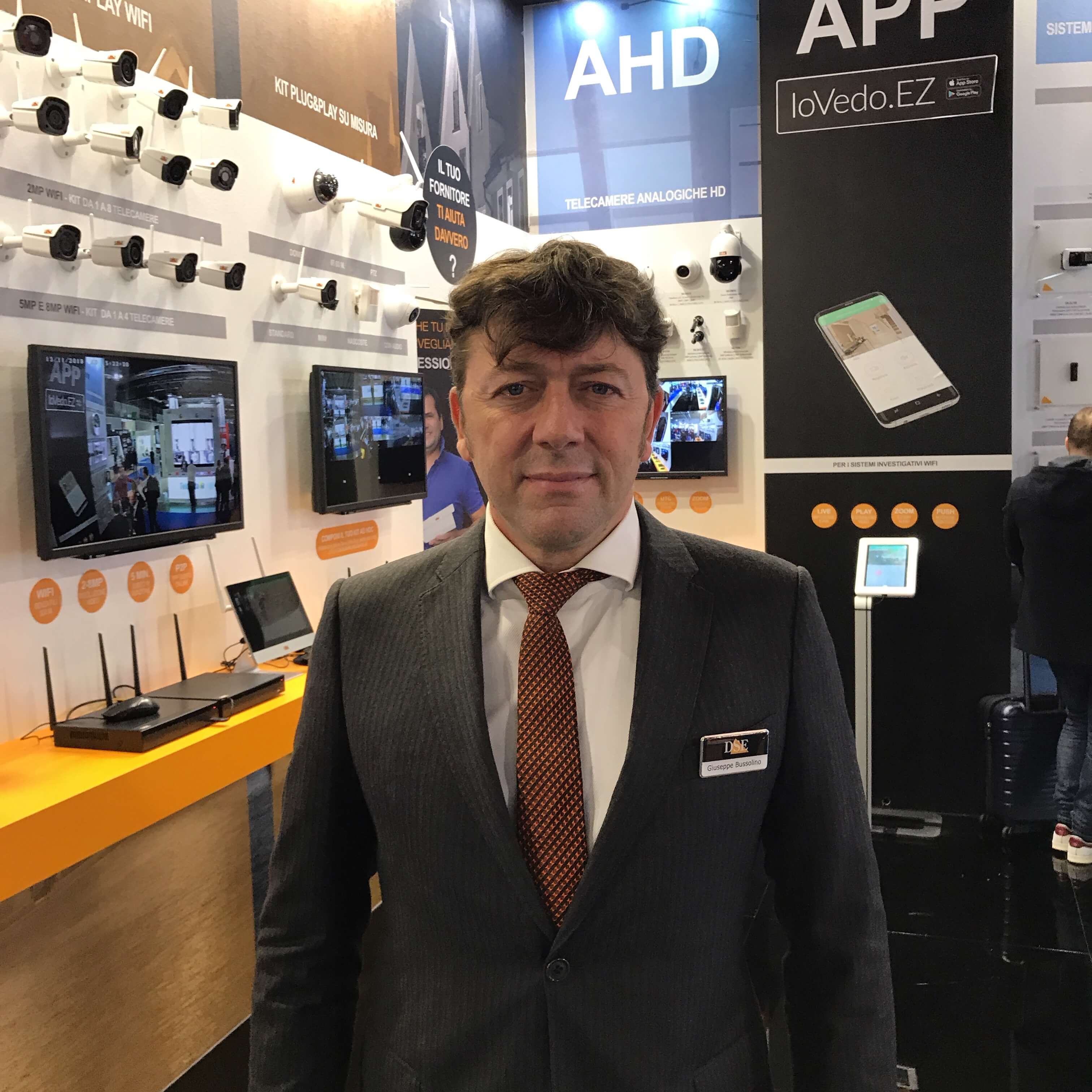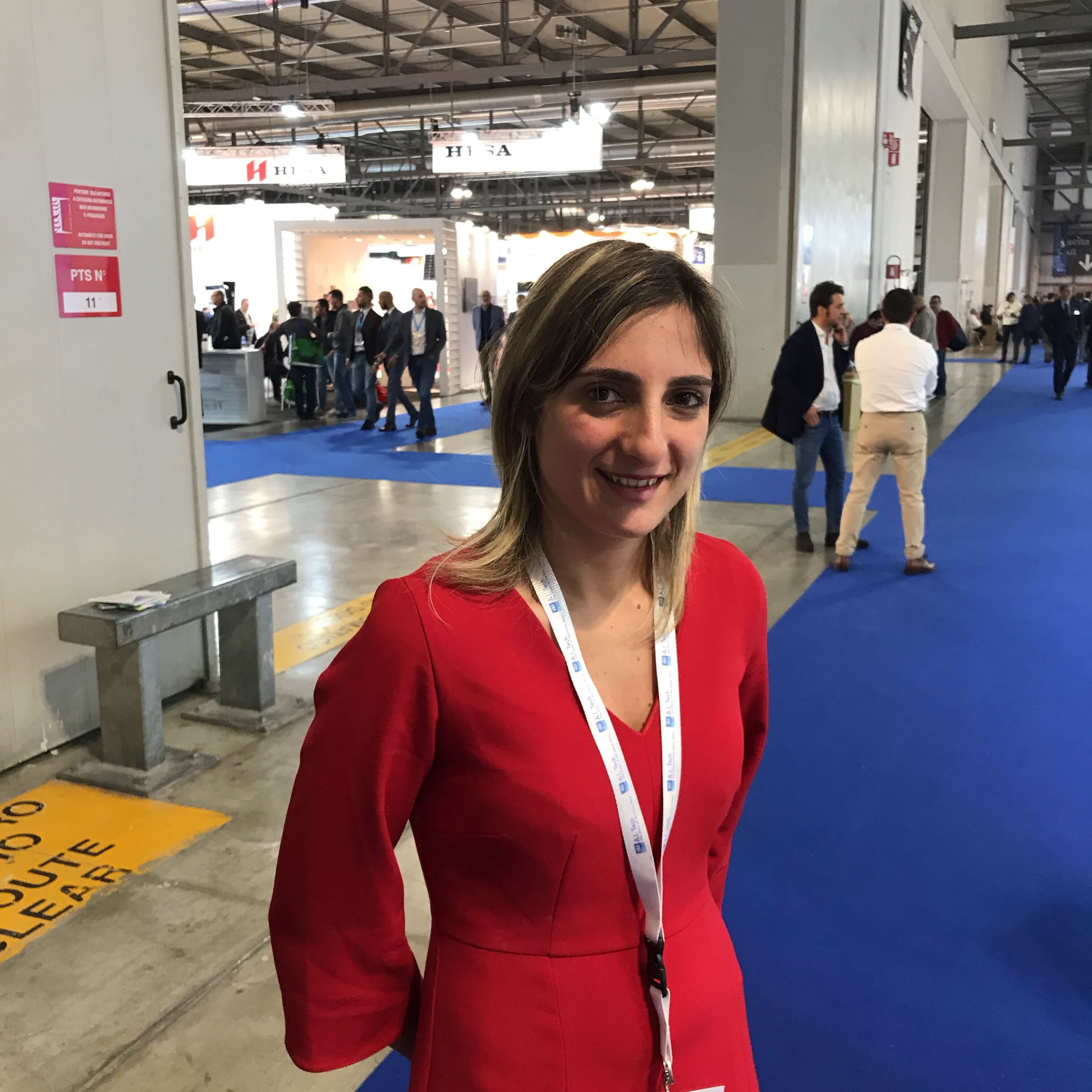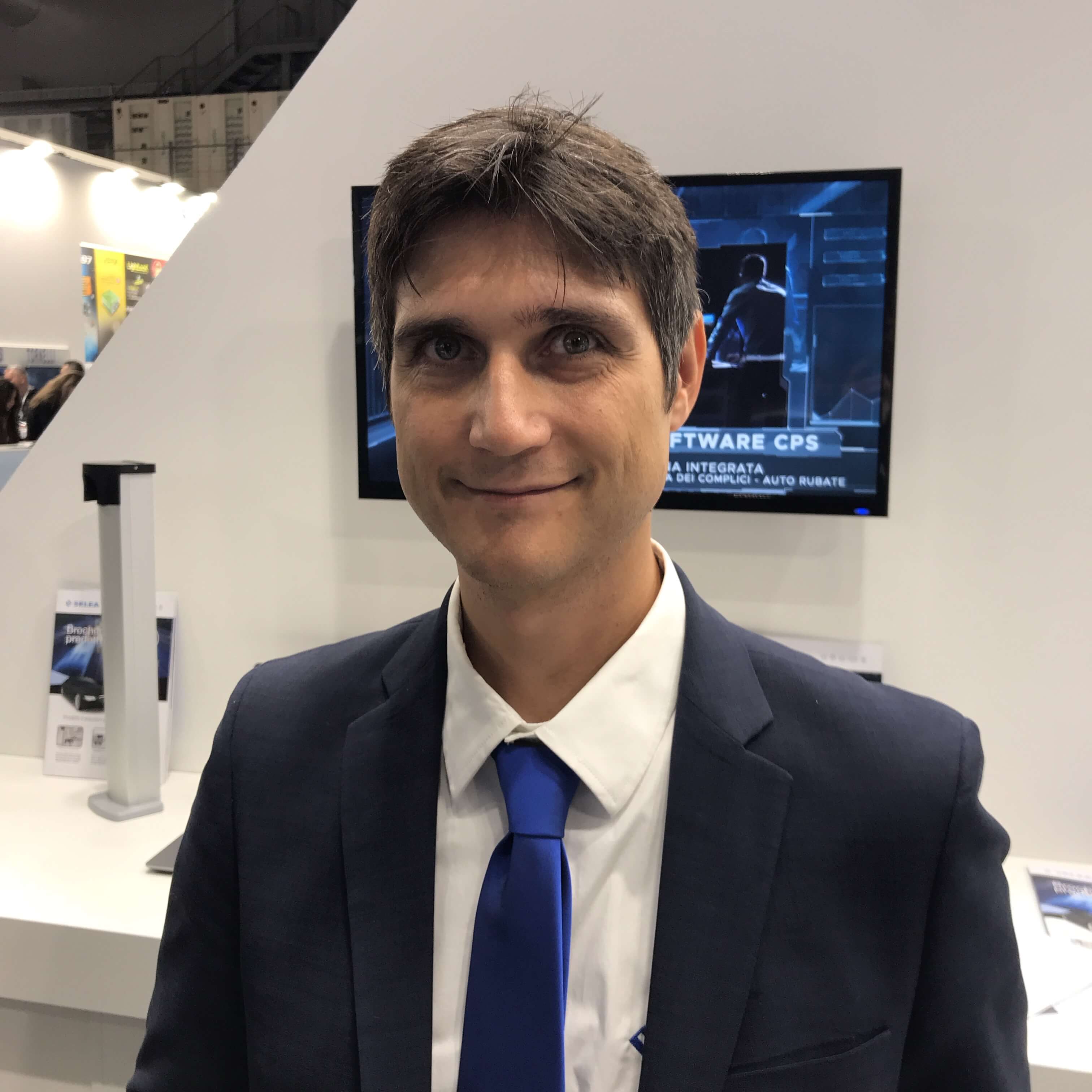
Upon first look, Italy’s video surveillance market is quite conservative, as end users mostly use video for traditional security purposes. Yet digging deeper, one can find that the smartness trend has emerged in Italy, where video is increasingly used for operations efficiency and business intelligence as well.
Needless to say, video surveillance is seen as the largest subcategory under physical security. In many emerging markets in the world, video surveillance is experiencing huge growth due to active deployments at end user sites. This is not the case in Italy, where the video surveillance market is quite mature, and, as such, growth is expected to be moderate.
 Massimiliano Troilo,
Massimiliano Troilo,
GM, Hikvision Italy
“The CCTV market is growing in terms of number of devices. Due to the fact that the price is going down, there’s a kind of compensation, so the growth that we can see is around 7 to 8 percent,” said Massimiliano Troilo, GM of Hikvision Italy. “For Hikvision, compared to last year, we are able to grow double than the market.”
And video surveillance is still mainly used for security in various verticals, from airports to city surveillance to retail. “We have projects in retail, which in Italy is quite huge, and in many ways the retail market is combined with the industrial market. Names like Gucci, they have in Italy factories and shops,” Troilo said. “We also have projects in city surveillance, which is mainly related to law enforcement. We have some cameras in Milan and many other cities. In terms of airport, we’ve got projects in Rome, Milan and other cities as well.”
 Giuseppe Bussolino,
Giuseppe Bussolino,
CEO, DSE
Non-security applications
However, more and more, solutions providers are pushing new applications for video surveillance, part of their effort to stay viable in an industry that has become quite competitive. “Competition is getting very strong because the market is getting very mature, so there are many competitors, and the price of products has decreased considerably in the last year, and so to get profit, companies like us have to invent new solutions to sell to the customer, because the normal camera now is not so much profitable,” said Giuseppe Bussolino, CEO of DSE.
And advances in technology, especially in video analytics, has led to applications that solve the end user’s non-security needs.
“It is first the technology that is going ahead, and the need is coming after the technology. Now we do cameras that can detect faces and detect that it’s a human, not a dog or other things. The algorithms that permit this detection now are very precise and advances,” Bussolino said. “This market is creating new needs. Last year we couldn't do face detection, so people didn’t know that this was possible. Now there's face detection. For example a small village can put cameras around the town, and if there's a missing person, they can put the picture in the camera, and if the missing person is detected somewhere in the city, they can have an advice. There are many applications that will follow this new technology.”
 Alessia Saggese, Account
Alessia Saggese, Account
Manager, A. I. Tech
“We have smart city solutions with vehicle counting and speed estimation capabilities, and they can detect if the vehicle is going the wrong way or stopped on the middle of the street,” said Alessia Saggese, Account Manager with A. I. Tech. “We also work with big brands in retail, helping them improve operations and customer experience with people counting, queue management and facial analysis for gender and age estimation.”
 Alessandro Tagliati, R&D
Alessandro Tagliati, R&D
Software Project
Manager, Selea
The use of license plate recognition (LPR) to improve user experience has become increasingly popular, too. “The LPR market is growing fast, in a very few years,” said Alessandro Tagliati, R&D Software Project Manager at Selea, an LPR camera manufacturer. “Our end users are mostly police and government. But some of our customers are in the private sector, and they include malls, factories and big buildings with many houses, big buildings where they have private parking and they wish to have their access control integrated with our solution. Some end user entities even require LPR, which saves time and offers a frictionless experience to enter parking facilities.”
A lot of these algorithms are based on AI, which is still at a beginning stage in Italy but whose potential can’t be ignored. “AI was not popular because the technology was expensive and not very effective. But now the technology is very good, and the prices are now more affordable, so we're pushing our installers, the best ones, to promote AI video in industrial facilities, smaller companies and shops because it gives many benefits,” Bussolino said.